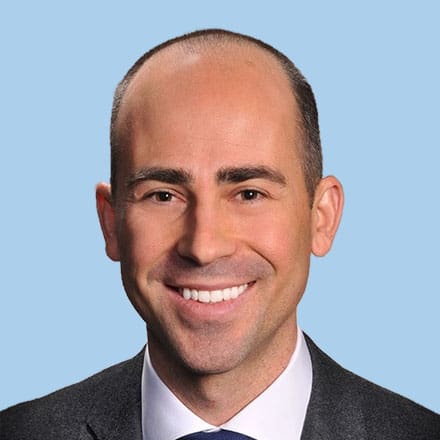Inside Angle
From 3M Health Information Systems
How to support the health care workforce: Start with time and tools

I had the opportunity to talk with Peter Birch of Talking HealthTech about all things clinician burnout. What causes it? How do we talk about it? What is the role of technology in addressing it?
Health workers are being stretched to their limits. The omicron variant has filled hospitals and the last two years of the COVID-19 pandemic has gradually shined light on multiple pre-existing stressors within the health system.
Clinicians were already struggling to balance on the beam: the pandemic, with just the lightest touch, has toppled many of them off onto the mat.
The term burnout gets tossed around a lot. Like a supply chain problem or a broken appliance, it simply needs to be fixed. But the feelings of emotional exhaustion and lack of accomplishment (both personal and professional) are deflating, especially after years of training and personal sacrifice in order to serve others.
Identifying the unique local causes of burnout starts with speaking about burnout differently. Starting at the core of the individual level, we move outward, gradually confronting organizational, systemic, and even community factors that all play a powerful role in potentially draining clinicians.
Fortunately, we have started to measure and understand burnout better. This is the first step in diagnosing the root causes of burnout, en route to delivering targeted treatment. No matter where one is in the world, burnout ultimately boils down to this: health workers simply want the time and the tools to do our job well. And many actors in the health system have more control over the allotment of that time and those tools than they acknowledge.
Technology has given rise to multiple tools that have promised to make the daily tasks in health care delivery easier. Many of these tasks largely support the business of medicine, including completing documentation in order to get paid appropriately rather than simply documenting the essential clinical story for a patient to receive quality care. The deployment of these technologies over the last 15 years has demonstrated that the implementation of these technologies by organizations or health care systems is actually more important than the technology tool itself. Health workers have been promised various shiny tech bells and whistles that sound lovely in theory, but not all “solutions” address actual problems.
Advancements in technological capabilities, health data availability and scientific knowledge should all combine to make it easier for clinicians to care for patients. But somehow those dots have not yet been connected. Frontline health workers are not yet feeling a sufficient boost.
Experts in burnout at Mayo, Stanford, and the American Medical Association, among others, have created initiatives aimed at helping health workers care for themselves in an attempt to directly address burnout. To complement those, we must remain focused on efforts that more indirectly address burnout, such as creating tools or fostering environments that make clinicians’ workdays easier.
Health care should focus on the human interactions between patient and clinician, to improve the health of populations. If health system leaders can support those interactions, our communities will realize the benefits in the form of a better balanced – and more easily retained – health care workforce, resulting in a healthier and more productive society.
Dr. Travis Bias is a Family Medicine physician and Medical Director of Clinician Solutions at 3M Health Information Systems.


